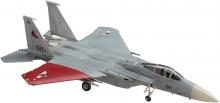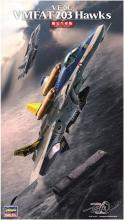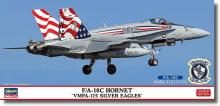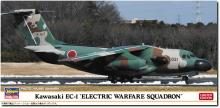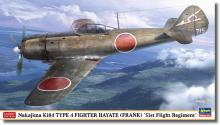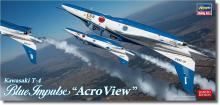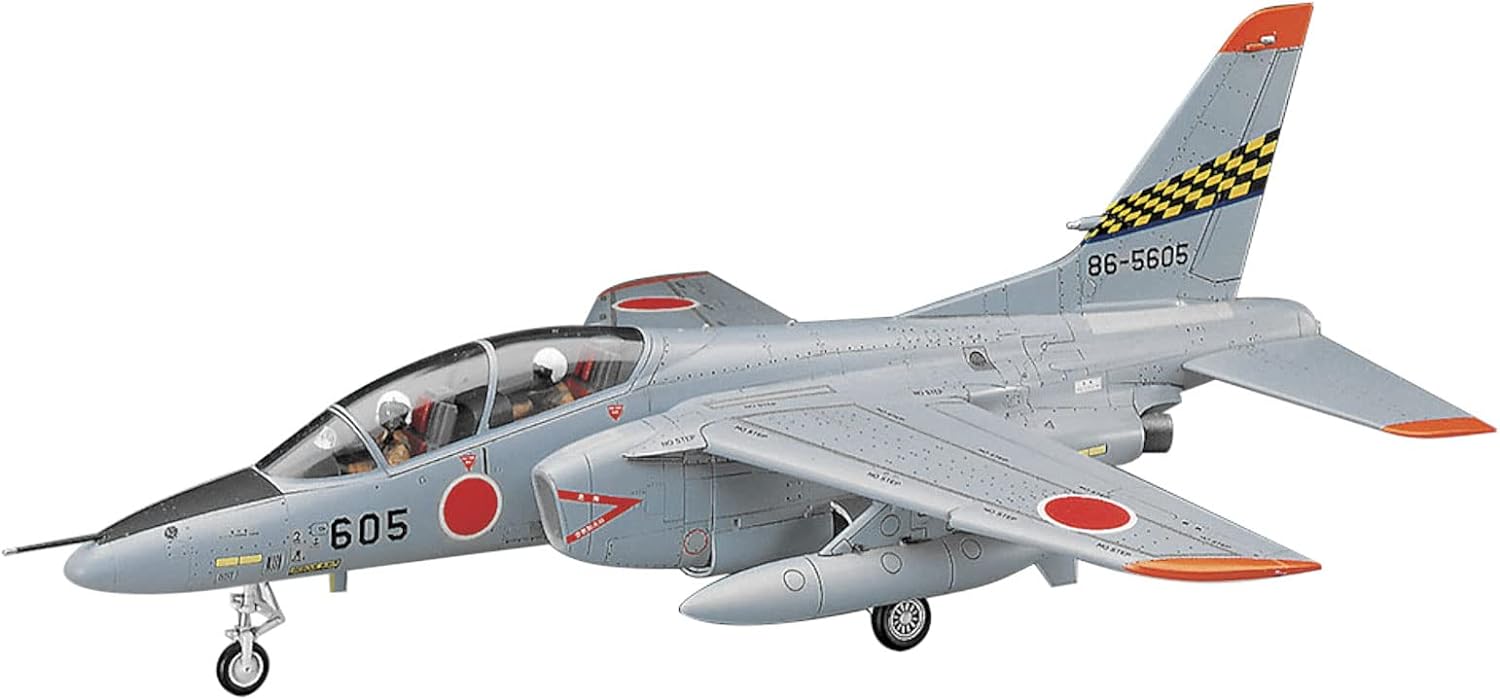Shipping and Returns
Europe, UK: Wednesday, Nov 19 ~
USA: Sunday, Nov 16 ~
Australia: Tuesday, Nov 18 ~
Asia: Monday, Nov 17 ~
UAE: Tuesday, Nov 18 ~
Order within 1 Hours 48 mins with Scheduled Delivery. If you place an order within this time, We will ship Monday, Nov 17 2025. This delivery time is calculated by DHL and FedEx. You can check the exact delivery date on checkout page.
USA: Sunday, Nov 16 ~
Australia: Tuesday, Nov 18 ~
Asia: Monday, Nov 17 ~
UAE: Tuesday, Nov 18 ~
Order within 1 Hours 48 mins with Scheduled Delivery. If you place an order within this time, We will ship Monday, Nov 17 2025. This delivery time is calculated by DHL and FedEx. You can check the exact delivery date on checkout page.
Buyer Protection
Full refund if not genuine. Full or partial refund, if the new item is not as described.
Customer Reviews (0 rating)
No reviews on this item...
Description (1,578 characters)
A plastic model that requires assembly and painting. Separate tools, paint, etc. are required.
Product introduction 1/72 scale plastic model. The Kawasaki T-4 is a twin-engine jet trainer for the Japan Air Self-Defense Force, with both the aircraft and engine produced domestically. The maneuverability of the aircraft is comparable to that of the F-15. In addition, the XT-4 was developed with a number of new technologies included. Extensive use of composite materials in the aircraft's structural components, adoption of an on-board oxygen generating system (OBOGS), adoption of a digital data bus, adoption of ring laser gyro type AHRS, and the first canopy crushing method in the Air Self-Defense Force. Escape devices, etc. The first XT-4 was rolled out at Kawasaki Heavy Industries' Gifu Plant on April 17, 1985, and made its first flight on July 29 of the same year. After that, after conducting various flight tests using four XT-4s, it was delivered to the Defense Agency. The mass-produced T-4 was deployed to Hamamatsu's 1st Air Wing in 1985, replacing the T-33A. After that, the replacement with the liaison T-33A of each air wing progressed one after another, and the next stage of replacement with the T-1A/B has begun at Ashiya Base 13 Religion. As a result, Air Self-Defense Force pilots will switch from the reciprocating engine trainer T-3 to the jet trainer T-4, and later move on to the F-15DJ and F-2B, resulting in a more streamlined training course. . (From Discovery Japan Mall) Safety Warning Not applicable
Tags:
Product introduction 1/72 scale plastic model. The Kawasaki T-4 is a twin-engine jet trainer for the Japan Air Self-Defense Force, with both the aircraft and engine produced domestically. The maneuverability of the aircraft is comparable to that of the F-15. In addition, the XT-4 was developed with a number of new technologies included. Extensive use of composite materials in the aircraft's structural components, adoption of an on-board oxygen generating system (OBOGS), adoption of a digital data bus, adoption of ring laser gyro type AHRS, and the first canopy crushing method in the Air Self-Defense Force. Escape devices, etc. The first XT-4 was rolled out at Kawasaki Heavy Industries' Gifu Plant on April 17, 1985, and made its first flight on July 29 of the same year. After that, after conducting various flight tests using four XT-4s, it was delivered to the Defense Agency. The mass-produced T-4 was deployed to Hamamatsu's 1st Air Wing in 1985, replacing the T-33A. After that, the replacement with the liaison T-33A of each air wing progressed one after another, and the next stage of replacement with the T-1A/B has begun at Ashiya Base 13 Religion. As a result, Air Self-Defense Force pilots will switch from the reciprocating engine trainer T-3 to the jet trainer T-4, and later move on to the F-15DJ and F-2B, resulting in a more streamlined training course. . (From Discovery Japan Mall) Safety Warning Not applicable
Tags:
Japan Air Self-Defense Force Kawasaki T-4 Aircraft McDonnell Douglas F-15 Eagle Kawasaki Heavy Industries Hasegawa 飛行機・ヘリコプター Mitsubishi F-2 Trainer Hasegawa Kawasaki T-4 J.A.S.D.F. Plastic


